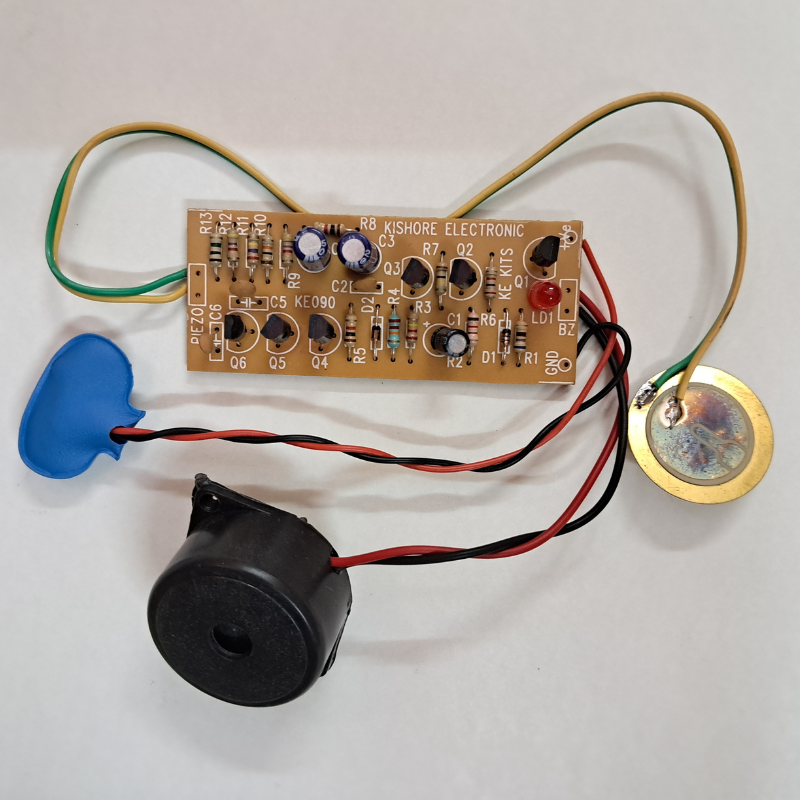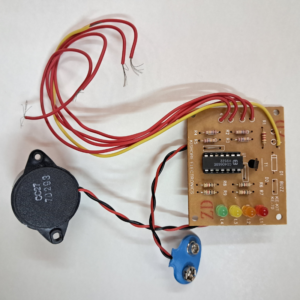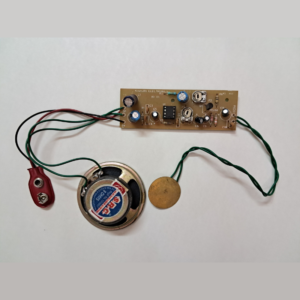An earthquake alarm is a device that can alert you to the occurrence of an earthquake, giving you time to prepare and take necessary safety measures.
There are several different types of earthquake alarms, but one common approach is to use a seismic sensor to detect the vibrations caused by an earthquake, and then trigger an alarm.
Here are the basic steps to build an earthquake alarm:
- Gather the required components: a seismic sensor, a microcontroller (such as an Arduino), a buzzer or alarm, and a power source.
- Connect the seismic sensor to the microcontroller, and program the microcontroller to monitor the sensor for signs of seismic activity.
- Set a threshold level for the seismic activity that will trigger the alarm. You can experiment with different threshold levels to find the best setting for your location.
- Connect the buzzer or alarm to the microcontroller, and program it to sound when the seismic activity exceeds the threshold level.
- Test the alarm by simulating an earthquake with a shaking table or similar device. Adjust the threshold level if necessary to ensure that the alarm is triggered at the appropriate time.
It’s always important to stay aware of your surroundings and take appropriate safety measures in the event of an earthquake.




Reviews
There are no reviews yet.